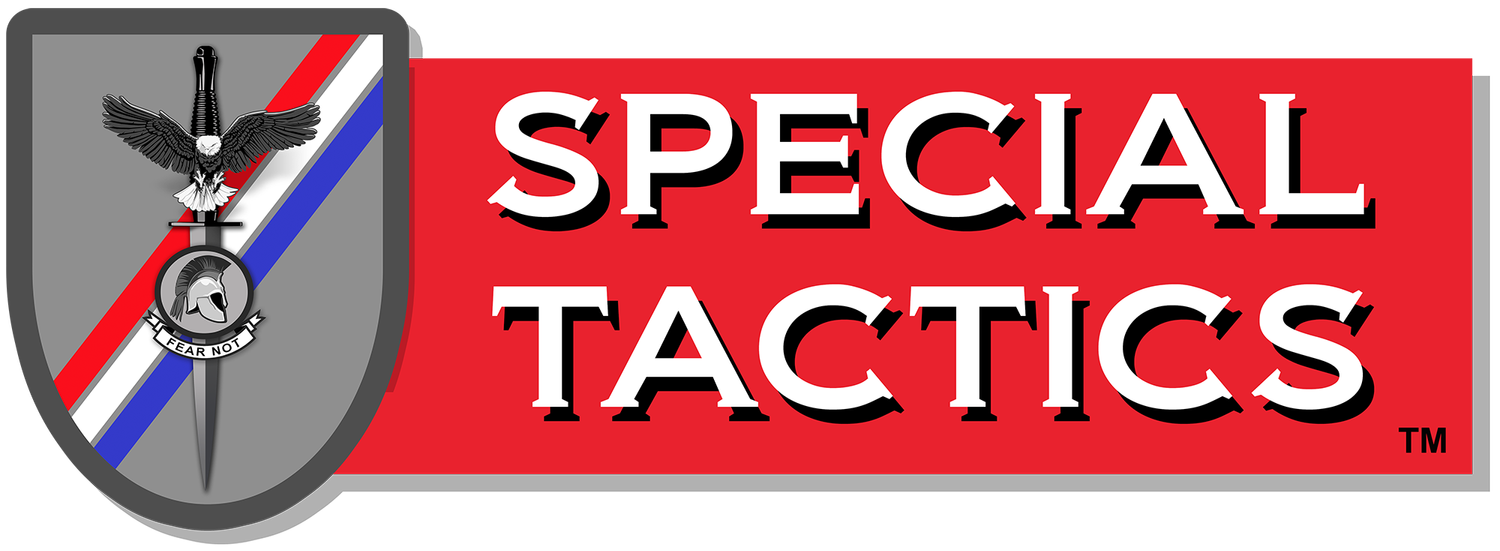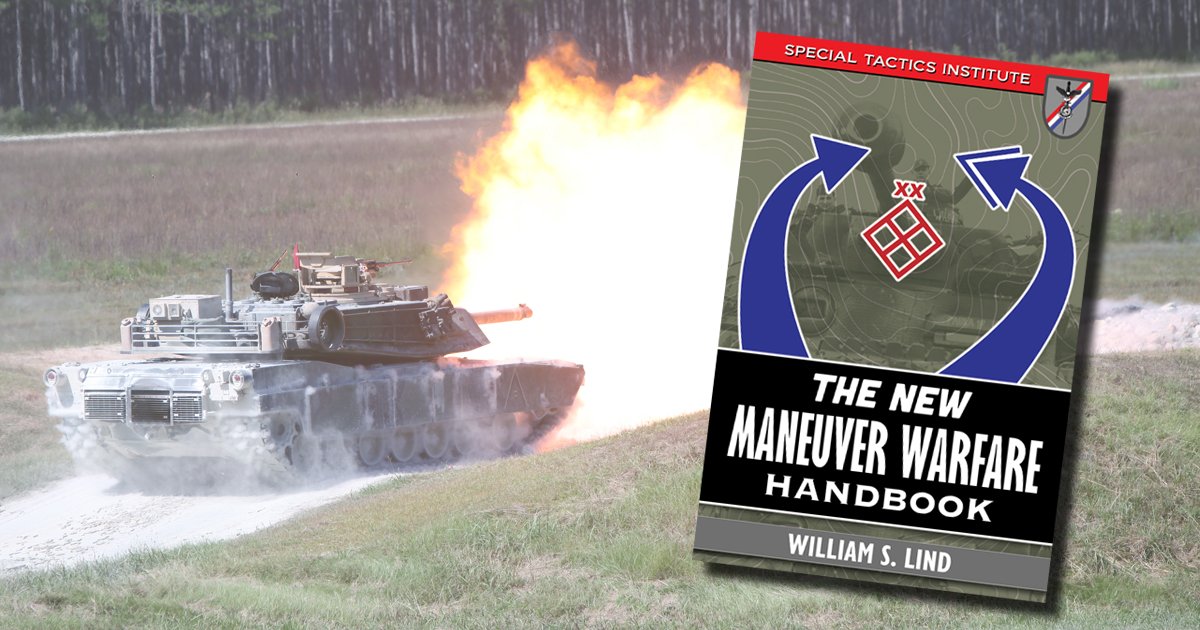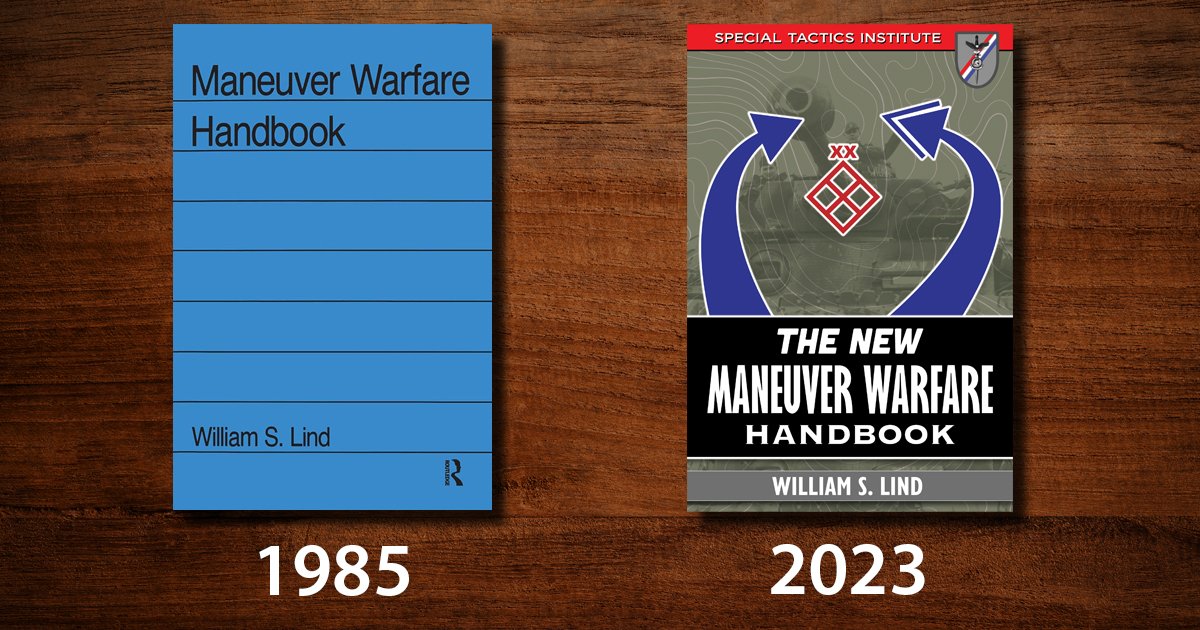The New Maneuver Warfare Handbook
Special Tactics is proud to have collaborated with William S. Lind, LTG(ret) James Dubik and Don Vandergriff in creating The New Maneuver Warfare Handbook. Since the original Maneuver Warfare Handbook was published in 1985, understanding of maneuver warfare has broadened and deepened. Here, the author of the original book, William S. Lind, shares that new knowledge with readers. The New Maneuver Warfare Handbook offers novel insights in military theory while remaining focused on the people who do the fighting, Marines and soldiers from Battalion level on down through staff NCOs and NCOs. The New Maneuver Warfare Handbook is not a replacement or “new edition” of the original, but rather augments the original book in ways useful to commanders at every tactical level.
The original book included an appendix by Marine Colonel Mike Wiley’s called “An Introduction to Tactics.” In the new book, the Special Tactics Staff has written a new version of this appendix and we have done our best to carry on the high-standards set by Colonel Wiley in the original. The new version differs from the original in that it places an increased emphasis on small-unit tactics in an effort to better relate to and capture the attention of junior officers and NCOs who lead and command at the small unit level. Some believe that maneuver warfare theory only starts to apply at the company or battalion level. They argue that squads and platoons are not really capable of independent initiative and thus must base their actions on more rigid drills. We disagree strongly with this perspective and believe that small unit excellence and initiative, down to the squad or even fire team level, is critical for success in maneuver warfare.
The book contains two additional appendices not included in the original version. The appendix on “Outcomes Based Learning” is written by Donald E. Vandergriff with contributions and input from the inter-service subject matter experts of the Special Tactics Staff. It is adapted from Special Tactics’ Outcomes Based Learning Professional Handbook (also written by Donald Vandergriff) and various articles and books Vandergriff has written over the years.
The final appendix on “Training for Mission Command” is comprised of four articles written by LTG(ret) James Dubik. The articles cover a wide range of key topics for understanding how to conduct maneuver warfare. A common theme of these chapters is the often-neglected point that success in maneuver warfare is not just about empowering subordinates, but also setting the conditions so that subordinates will succeed once empowered.
In the coming weeks we will be publishing new articles and resources relating to The New Maneuver Warfare Handbook and maneuver warfare in general. We are excited to be publishing and have contributed to what we believe will be a military classic, just like the original. In his foreword to the new book, Lieutenant-General James Dubik writes…
My advice? Read [both Maneuver Warfare Handbooks] thoroughly, discuss them widely, then implement them in your unit’s training and professional development programs. You’ll be glad to you did. So will your unit and your subordinates. In the end, your books will be as worn as mine.
That is truly high praise coming from a combat commander of LTG Dubik’s calibre and experience. We hope that the New Maneuver Warfare Handbook will help spread new ideas and generate more thinking, discussion and improvement at all levels of command and leadership.


